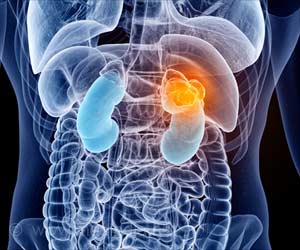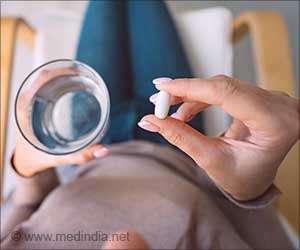Bacteria present in the soil can convert a commonly used flame retardant compound in the US to toxic forms that could prove harmful to human health.
A new report published online in the Environmental Science & Technology, the journal of the American Chemical Society, says that bacteria present in the soil can convert a commonly used flame retardant compound in the US to toxic forms that could prove harmful to human health.
The finding, by a team of environmental engineers at the University of California, Berkeley, suggests these transformations could complicate efforts to reduce or eliminate the most problematic polybrominated diphenyl esters (PBDEs) from the environment."This study, for the first time, establishes that microbes found in every-day settings can degrade relatively stable forms of PBDEs, making them far less stable and potentially more toxic," says Lisa Alvarez-Cohen, Ph.D., the study’s corresponding author. "It implies that current and planned bans of the most toxic forms of PBDEs may be ineffectual if the less toxic forms are rendered more toxic when released into the environment."
In laboratory animals, high blood levels of PBDE are associated with cancer, lowered immunity, thyroid problems, and learning and memory difficulties. Although PBDE levels in people haven’t reached the levels of laboratory animals, Alvarez-Cohen says scientists are concerned because they are rising in humans at an exponential rate, doubling every two to five years.
In 2004, U.S. manufacturers reached a voluntary agreement with the EPA to stop making and selling penta-BDEs and octa-BDEs, two potent forms of PBDEs linked to health problems in animals. Deca-BDE, the most commonly used form of PBDE, remains on the market because it is considered more stable and less readily absorbed into the body, Alvarez-Cohen says. Laboratory studies, however, have shown that over time, both deca- and octa-BDEs can break down into potentially more harmful forms, including penta- and tetra-BDEs.
This new study supports the notion that this process also could occur in the real world, raising concerns about the continued manufacture and use of deca-BDEs, Alvarez-Cohen says. In their study, Alvarez-Cohen and her colleagues exposed octa-BDE and deca-BDE to five types of anaerobic bacteria commonly found in the soil. Based on previous research with other compounds, they anticipated that the bacteria would break down deca-BDEs into benign components. Instead, the microbes transformed deca-BDEs into octa-BDEs and the octa-BDEs into the more harmful penta- and tetra-BDEs.
"Now that we understand that certain PBDEs found in the environment can be transformed into more toxic forms, we need to make more intelligent policy decisions with respect to how, or even if, we should use these compounds," Alvarez-Cohen says.
Advertisement
The American Chemical Society — the world’s largest scientific society — is a nonprofit organization chartered by the U.S. Congress and a global leader in providing access to chemistry-related research through its multiple databases, peer-reviewed journals and scientific conferences. Its main offices are in Washington, D.C., and Columbus, Ohio.
Advertisement








